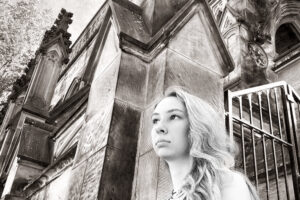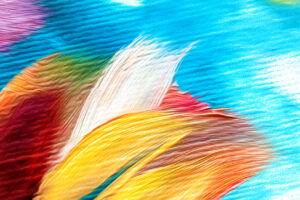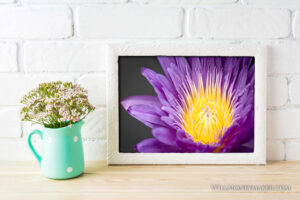In any artistic medium, we have ways to place emphasis on things. Usually, this is done to underscore a point of some kind. It’s a way to make the heart of the art more noticeable so that those who view it can get right to the point and begin to understand what it is that we, as artists, are trying to communicate to them.
One of the easiest examples to illustrate this point is the art of writing. A writer has many different ways to add visual emphasis to the prose. Italics, bold text, underlining and even all capitals are all methods used to bring attention to certain words, phrases or sentences. Punctuation marks help, too. The em dash is often used to set off a phrase or clause and give it more emphasis. Exclamation points signal urgency, that the reader should take note because the sentence it punctuates is emphatic.
So how does this translate to photography? How does a photographer italicize parts of a photograph? How do you place an exclamation point on a subject?
Actually, it’s really quite simple. We do have ways to emphasize, same as writers do—and same as any artist in any medium does. It just takes a little thought on the various tools we have at our disposal that can be used for extra emphasis.
The first step is to think about it in terms of whether or not you need to add emphasis. Does the composition shout your message clearly enough? If not, then perhaps it needs a little more.
A narrow depth of field is one example of the ways in which we can emphasize our subject material. By allowing the background and foreground to blur so that only the subject is in focus, this isolates the subject so that there is no choice but to examine it in depth.
Depth of field is one way to do it, but there are many, many others. I’ve talked before about things like spotlighting—and this is an excellent way to really highlight the point of the photograph. Shine a ray of light on it, whether through a window or a flash, and your intent will be unmistakable. Lighting is really a valuable tool to give your subjects a little something more.
There are also the elements of contrast. Contrast in the traditional sense between light areas and dark areas are a fantastic way to emphasize those lights and darks if that’s what you’re trying to call attention to. But there are many other kinds of contrasts that you can draw. A person in a wildly patterned shirt will stand out against a plain, smooth concrete wall, for example. Color contrasts can be useful, too. If your subject is red, it’ll be less noticeable against a red background. If you place it against green, however, it’ll have no choice but to stand out.
There are also other ways to use color as a means to make something stand out. If you’ve ever read about color theory, then you know that red is often associated with urgency or danger while green is considered a calming color, and orange signals caution. This is something you can use to your advantage if you want to really bring out a certain feeling.
We may not have access to italics, but there are still many ways we can add emphasis if we need more in order to make our point clearly. In fact, there are many more ways to do this than the things I’ve listed here. The most important thing to remember is that when you compose photographs, think about whether or not you need to add emphasis—and if you do, then think about the best ways to underscore your point.
Now, go and enjoy the beauty of God’s creation through your lens.




